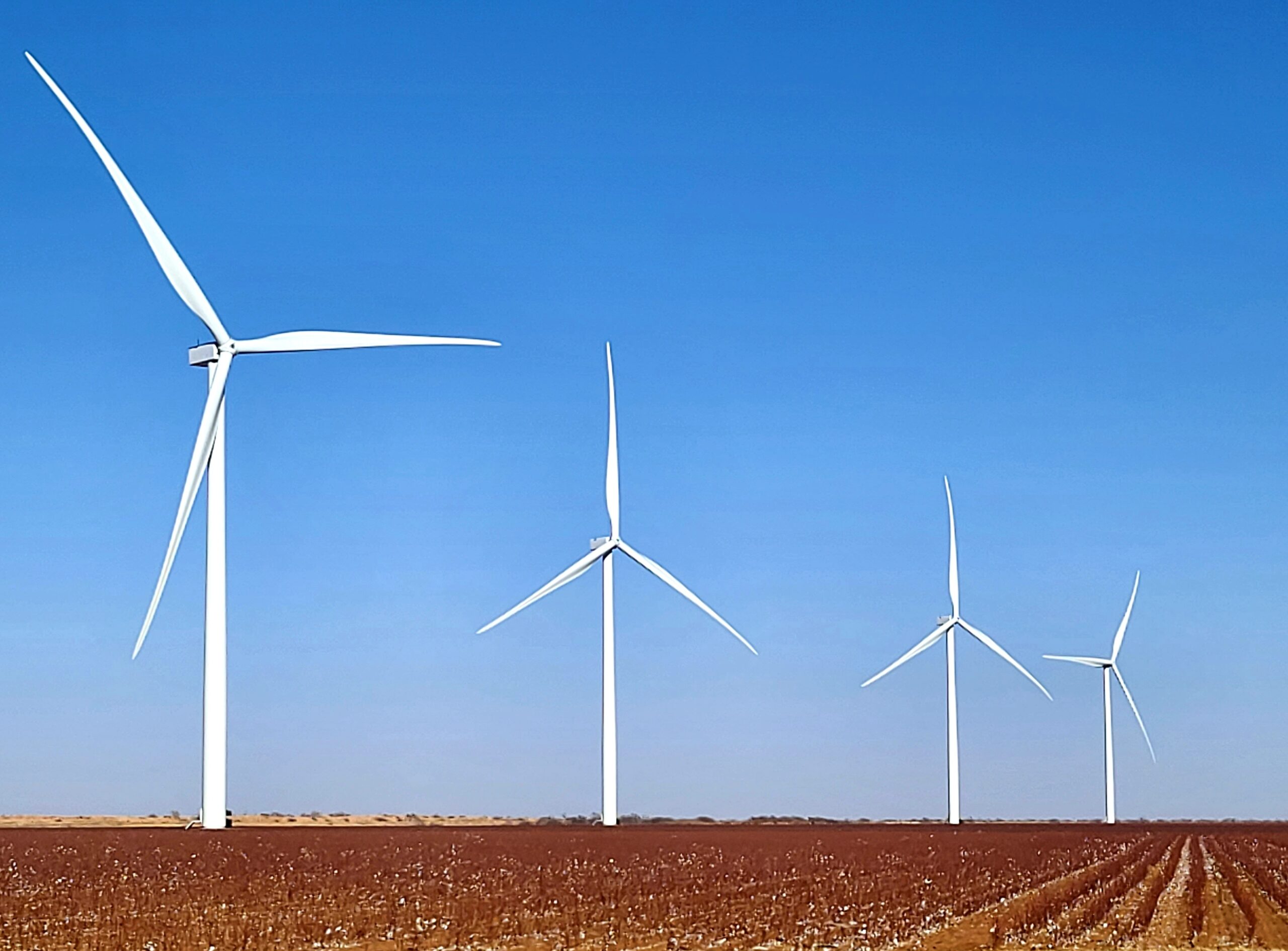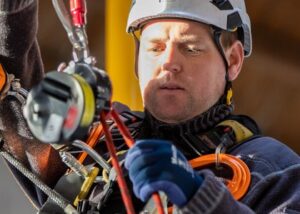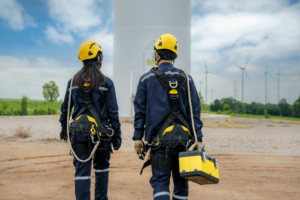A look ahead to 2024.
In 2024, the wind energy industry in the United States is poised for significant growth and transformation, driven by a combination of technological advancements, policy support, and increasing environmental consciousness. As the nation continues its pursuit of sustainable and cleaner energy sources, wind power has emerged as a key player in the transition to a greener future. However, like any burgeoning industry, the wind energy sector faces its fair share of challenges.
Challenges Facing the Wind Energy Industry:
Intermittency and Reliability:
One of the primary challenges facing the wind energy industry is the intermittent nature of wind. Unlike traditional energy sources, wind power generation is contingent upon favorable weather conditions. Calm periods can lead to a drop in energy production, which necessitates a robust energy storage and transmission infrastructure to mitigate fluctuations and ensure a consistent power supply.
Grid Integration:
Integrating wind power into the existing electrical grid poses another hurdle. The variable nature of wind energy requires sophisticated grid management systems to balance supply and demand effectively. Upgrading and expanding the grid infrastructure to accommodate the increasing share of renewable energy is an ongoing challenge that demands substantial investments and coordination between various stakeholders.
Land Use and Environmental Concerns:
The expansion of wind farms requires vast tracts of land, potentially encroaching on natural habitats and raising concerns about environmental impact. Striking a balance between renewable energy development and environmental conservation is crucial to ensure the long-term sustainability of the industry. Innovative approaches, such as offshore wind farms, can help address land use challenges while tapping into untapped wind resources.
Regulatory and Policy Uncertainties:
The wind energy sector is highly influenced by government policies and regulations. Uncertainties surrounding tax credits, incentives, and other regulatory measures can hinder investment and project development. A stable and supportive policy environment is essential to attract investments and foster the growth of the wind energy industry.
Anticipated Growth and Developments:
Technological Advancements:
The wind energy industry is experiencing rapid technological advancements that promise to address some of its inherent challenges. Improved turbine designs, enhanced energy storage solutions, and sophisticated forecasting technologies are contributing to increased efficiency and reliability. As research and development efforts continue, we can expect more innovative solutions that will make wind power a more dependable and cost-effective energy source.
Offshore Wind Expansion:
The expansion of offshore wind projects is a notable trend in the USA’s wind energy landscape. Offshore wind farms have the advantage of tapping into stronger and more consistent wind resources while minimizing land use conflicts. With several projects in the pipeline and supportive policies at the state and federal levels, offshore wind is poised to become a major contributor to the nation’s renewable energy portfolio.
Economic Opportunities and Job Creation:
The growth of the wind energy industry brings along economic opportunities and job creation. From manufacturing and installation to maintenance and support services, the sector has the potential to create a substantial number of jobs, supporting local economies. This positive economic impact enhances the industry’s appeal to policymakers and communities alike.
STL USA’s WindStart program is perfectly positioned to make it cheap and easy for anyone to get into the wind energy industry. Click for more information, here.
Investment and Financing:
Despite regulatory uncertainties, the wind energy sector is attracting significant investments. The decreasing cost of wind energy, coupled with a growing awareness of the environmental and economic benefits, is making wind projects increasingly attractive to investors. As financial mechanisms and investment frameworks mature, the industry is likely to experience sustained growth.
Conclusion:
The wind energy industry in the United States is at a critical juncture in 2024, navigating both challenges and opportunities. While the intermittent nature of wind and grid integration remain hurdles, technological advancements, policy support, and a growing commitment to sustainability are propelling the industry forward. As the USA continues its transition towards cleaner and more sustainable energy sources, the wind energy sector is set to play a pivotal role in shaping the nation’s energy landscape in the years to come. With concerted efforts from policymakers, industry players, and the public, the winds of change blowing through the United States promise a brighter, greener future.
Interested in training with STL USA?
Click the link to find out more



